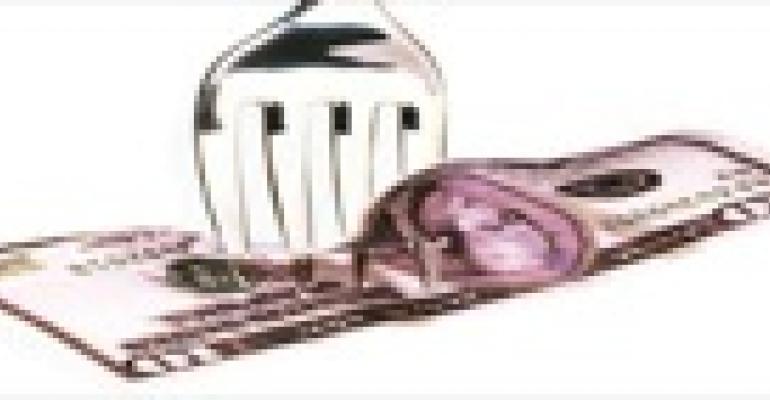 When it comes to point of sale (POS) systems, a common problem among restaurant owners, whether a full-service restaurant and bar or a deliveryonly pizzeria, is they buy an expensive system, but then don't use any of the time-saving and valuable reporting features. Instead, they use it like an expensive cash register.
When it comes to point of sale (POS) systems, a common problem among restaurant owners, whether a full-service restaurant and bar or a deliveryonly pizzeria, is they buy an expensive system, but then don't use any of the time-saving and valuable reporting features. Instead, they use it like an expensive cash register.
POS systems can do a lot more than ring up and cash out orders. The following are features found in most POS systems (please note: Some of these features are add-on modules, depending on the vendor):
- Finding your ideal food cost. When you enter all of your menu items into your POS, you enter the item descriptor, modifiers and price. There's also usually a box where you can input the item cost. When you do this, it gives you the ability to run an itemby-item sales mix report for any given period.
For example, if you run the report from the first of the month to the last day of the month, the report will display the number of each item sold, how much money it brought in and how much you used in product (total cost). At the bottom, it will show you what your ideal food cost is. With this knowledge, you can easily identify problems and find ways to make more money from what you're already selling.
- Controlling costs. Many POS systems can track your inventory. They allow you to input every line item on your invoices. Along with this feature, you can also build each recipe for every menu item you sell into the POS. For example, an order of hot wings has six chicken wings, three carrot pieces, three celery spears and 4 oz. of blue cheese dressing.
Every time an order of wings is prepared and sold, the POS deletes the appropriate portions of wings, carrots, celery and blue cheese dressing from your inventory.
Now you can compare what the POS says you should have on the shelves against what you actually have. If they are different you can identify theft or determine the need to train or attack portion controls. You can even look at this report to help you set pars for ordering properly.
Each one of these benefits that your POS offers sets you up to control and reduce your food cost.
- Controlling labor. Labor costs are your restaurant's number one expense. If you don't pay attention to this one, you'll lose money by the minute—literally!
Using the time clock feature of your POS lets you track labor costs by the hour, guiding how you ultimately cut staff time. It allows you to keep employees from punching in too early or riding the clock.
- Avoid trouble with the IRS. It's no secret that the IRS is gunning for businesses that tip employees. When businesses don't report those tips, it's tax revenue they're not getting.
Every year, with few exceptions, you are supposed to file your 8027 Tip Report with the IRS. It basically tells the IRS what percentage of sales your restaurant claimed as tips. It also compares the cash tip versus. credit card tip percentages.
Most POS systems have a tip reporting system built into the software. Your employees enter their tips collected when they punch out and a manager can look for any discrepancy and make any adjustments needed. Finally, the manager can print off the tip sheet and have each employee sign their name verifying their tips reported.
This can help you avoid an IRS audit and any hefty fines for coming up short.
Using the power of your POS system is just one trick to make sure you are collecting every dollar you earned. Open your manual or call your dealer and find out what reports your system produces to make your life easier and, ultimately, make you more money.
David Scott Peters is known as the SMART Systems guy who can walk into any restaurant and find you $10,000 in undiscovered cash before he hits the back door. For more information about Peters, visit www.smilebutton.com
BRAND X PICTURES





